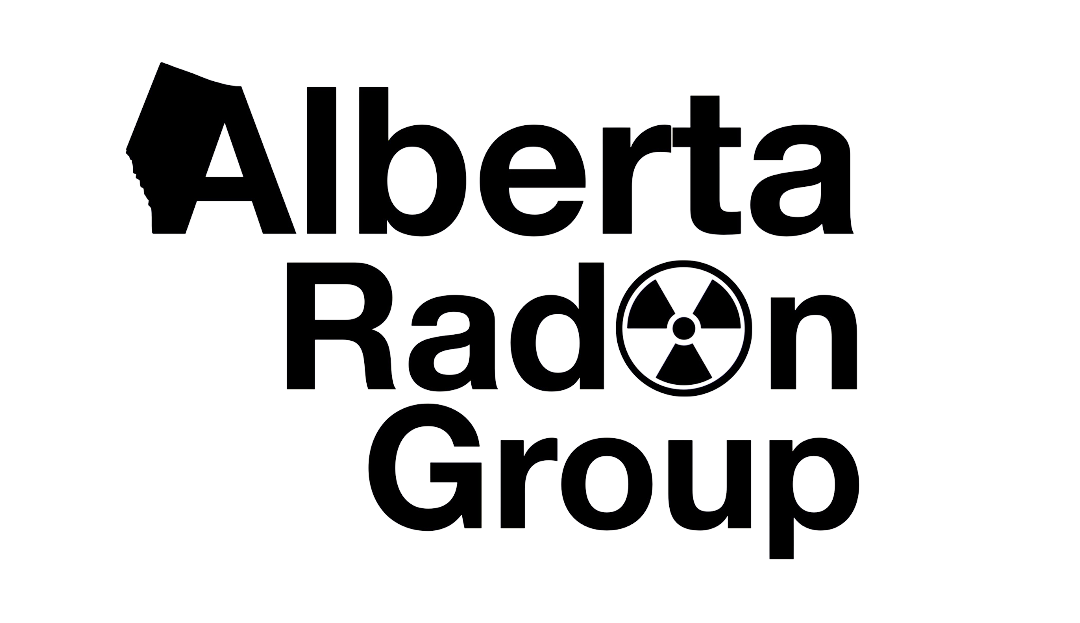Frequently Asked Questions
-
Radon mitigation costs in Alberta typically range from around $1,800 to $3,000+, depending on factors such as the size and design of the home, the chosen mitigation method, and the complexity of installation. At Alberta Radon, we offer payment terms to make the project more affordable. Contact us for more information.
Most common systems use sub-slab depressurization, which involves installing a vent pipe and fan to redirect radon gas from beneath the foundation to outside. Additional costs can arise if your home requires sealing of cracks or installation of multiple vent pipes, long pipe runs, or specialty equipment required. If you have already done the test, and know that you need the mitigation done, Book an Appointment to have one of our team members come out and do a free in-home assessment and consultation.
-
A typical Radon mitigation job usually takes between 4 to 8 hours to complete. The exact duration depends on several factors, including the size and layout of the home, the type of mitigation system being installed, and any necessary modifications to the existing structure. In most cases, our team can complete an installation within a single day. After installation, testing is often conducted to ensure the system is effectively reducing radon levels.
-
You need to have a Radon mitigation system installed if Radon levels in your home consistently measure at or above 200 becquerels per cubic metre (Bq/m³), which is the Canadian guideline for acceptable Radon concentration. To book your test and save money, click HERE. If the test results exceed the guideline, installing a radon mitigation system is necessary. Even levels below 200 Bq/m³ may warrant mitigation if you wish to minimize risk, as Radon exposure contributes to lung cancer.
-
Radon gas enters your home primarily through cracks and openings in the foundation. It originates from the natural breakdown of uranium in soil, rock, and water beneath your property. Common entry points include:
Cracks in basement floors and walls
Construction joints
Gaps around service pipes
Gaps in the slab-to-foundation joints
Sumps
Cavities inside walls
The water supply (if using well water)
Because radon is a gas, it moves freely through soil and can seep into your home where the pressure inside is lower than the surrounding ground. Once inside, radon can accumulate to harmful levels if not properly ventilated or mitigated.
-
Radon levels in a home are not determined by the age of the house alone. Both brand new and older homes can have elevated Radon levels, here’s why:
For a brand new home:
New construction is often built to be more airtight for energy efficiency, which can actually increase the potential for Radon accumulation inside. Therefore, a new home can still have significant Radon levels and should be tested.For an older home:
Older homes may have cracks, gaps, and other entry points that allow Radon to seep in from the ground. However, ventilation differences and foundation types vary widely, so Radon levels in older homes can range from low to very high. Without testing, there is no way to know if the radon concentration is safe. -
Radon mitigation is more than installing a pipe and a fan. It requires expert knowledge, tools, and techniques to determine the best spot for mitigation, seal Radon entry points and design and install proper ventilation. Our team accurately assesses your home, designs a tailored system, and verifies results with testing. Improper mitigation can worsen air quality and increase health risks. Trust certified professionals to protect your family and prevent costly repairs.
-
High Radon levels in your neighbour’s home do not necessarily mean your house will have high levels as well. Radon concentrations can vary significantly between neighbouring homes due to differences in construction, ventilation, foundation type, and soil conditions beneath the property. The only way to be certain is to conduct a Radon test in your own home.
